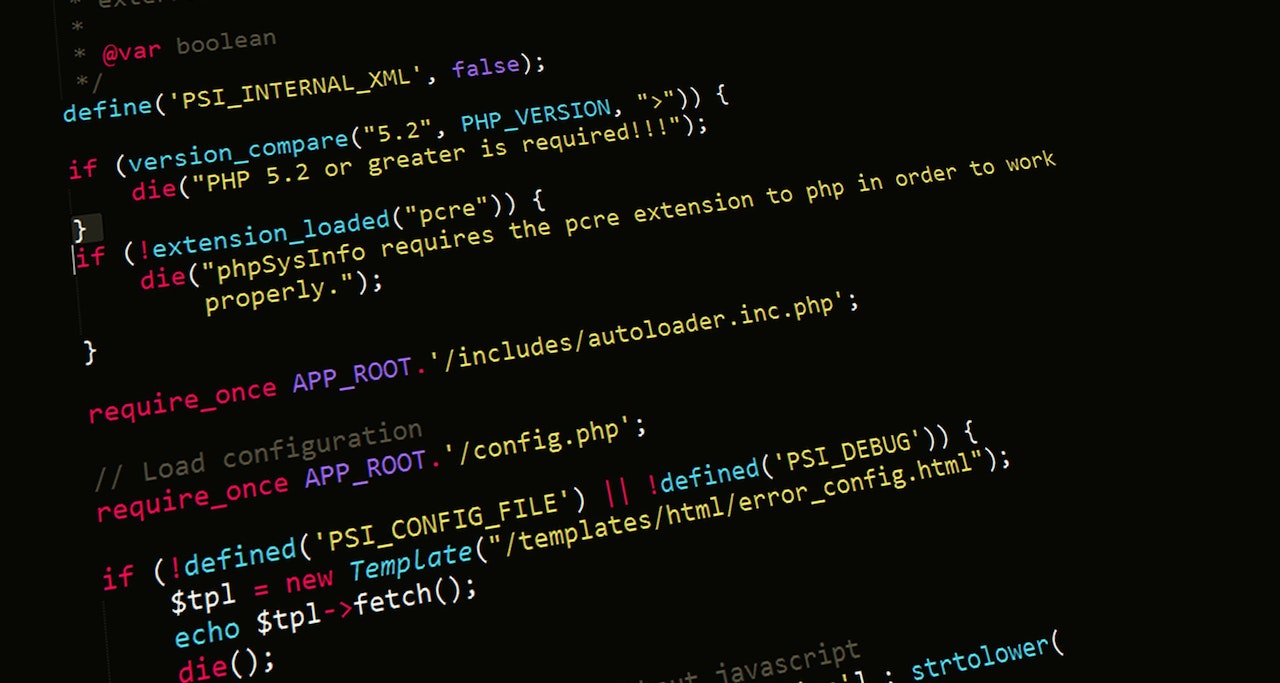Unleashing Low-Code: Empowering Development Effortlessly

In recent years, low-code development has emerged as a popular alternative in software development. This innovative approach enables developers to build applications using visual interfaces and pre-built modules instead of starting from scratch. Its appeal lies in its ability to expedite application creation, requiring less coding expertise than traditional methods.
This blog will explore the rise of low-code development and what you need to know about it.
What is Low-Code Development?
Low-code development is a software development process that uses a visual approach to building applications. It involves using visual interfaces and pre-built modules to create software applications rather than writing code from scratch. In this process, developers can drag and drop pre-built components and customise them to make an application that meets their needs. This approach allows developers to create applications faster and with less coding knowledge than traditional development methods.
The low-code development approach has been around for a few years but has recently gained popularity. The approach is particularly beneficial for businesses with limited resources to create applications quickly. Low-code development also allows developers to create more flexible and scalable applications than traditional development methods.
Benefits of Low-Code Development
The rise of low-code development can be attributed to its many benefits to developers and businesses. Some of the benefits of low-code development include:
Speed
Low-code development allows developers to create applications much faster than traditional development methods. This is because they can drag and drop pre-built components and customise them to create an application that meets their needs. This approach saves developers a lot of time, allowing them to focus on other tasks that require their attention.
Flexibility
Low-code development allows developers to create more flexible and scalable applications than traditional development methods. This is because they can easily add new features and functionality to the application without writing much code. In addition, this approach lets developers quickly modify the application to meet changing business needs.
Lower Costs
Low-code development is more cost-effective than traditional development methods. This is because it requires less time and resources to create an application. This approach also allows businesses to develop applications that meet their needs without hiring expensive developers.
Easier Maintenance
Low-code development makes it easier to maintain applications over time. This is because the visual approach used in low-code development makes it easy to identify and fix bugs in the application. This approach lets developers quickly modify the application to meet changing business needs.
Who Should Use Low-Code Development?
Low-code development is ideal for businesses that need to create applications quickly and with limited resources. It is also suitable for businesses that want to develop more flexible and scalable applications than traditional development methods. Low-code development is beneficial for businesses in the following industries:
Banking and Finance
Low-code development is ideal for the banking and finance industry because it allows businesses to create applications much faster and with less coding knowledge than traditional development methods. This approach also allows businesses to modify the application to meet changing needs quickly.
Healthcare
Low-code development can be used in the healthcare industry to create applications that help doctors and nurses manage patient information. This approach allows developers to create more flexible and scalable applications than traditional development methods.
Retail
Low-code development can be used in retail to create applications that help businesses manage their inventory, sales, and customer data. This approach allows developers to create more flexible and scalable applications than traditional development methods.
Conclusion
The rise of low-code development is changing the way software applications are created. This approach allows developers to develop applications faster and with less coding knowledge than traditional development methods. Low-code development is particularly beneficial for businesses that need to build applications quickly and with limited resources. It is also ideal for businesses that want to create more flexible and scalable applications than traditional development methods. As the demand for software applications continues to grow, low-code development will become an increasingly popular approach to software development.
Be sure to check out our other related posts if you enjoyed this one:
- The Rise of Collaborative Robots: Transforming Industries
- Unmasking Cyber Secrets: The Art of Deception Revealed!
- Decoding Cyber Threats: The Social Engineering Menace
- Unlock the Ultimate Quest: Ready Player One’s Audio Adventure!
- Revolutionising Wellness: Metaverse Therapy Unleashes Mental Liberation!
- Code Mastery Unleashed: Transform Your Skills with Clean Code by Robert C. Martin! 🚀
- Top Must-Have Tech Gadgets for Kids – Unbelievable Fun!
- Mastering Crypto Trading: Proven Strategies
- Unveiling Ethereum 2.0: Advancements & Impact
- AI Transforms E-Commerce: A Digital Revolution
Sign up for updates on this blog and our latest tech posts if you enjoyed reading this one.
Share our blog content with your friends and colleagues via Facebook, Twitter, Pinterest, LinkedIn, email or WhatsApp links below and help them stay informed about the latest insights on business, marketing, finance, lifestyle, and society. Let’s build a knowledge-sharing community and empower each other to achieve and experience our goals.
Credits
- Featured photo by cottonbro studio on Pexels.









